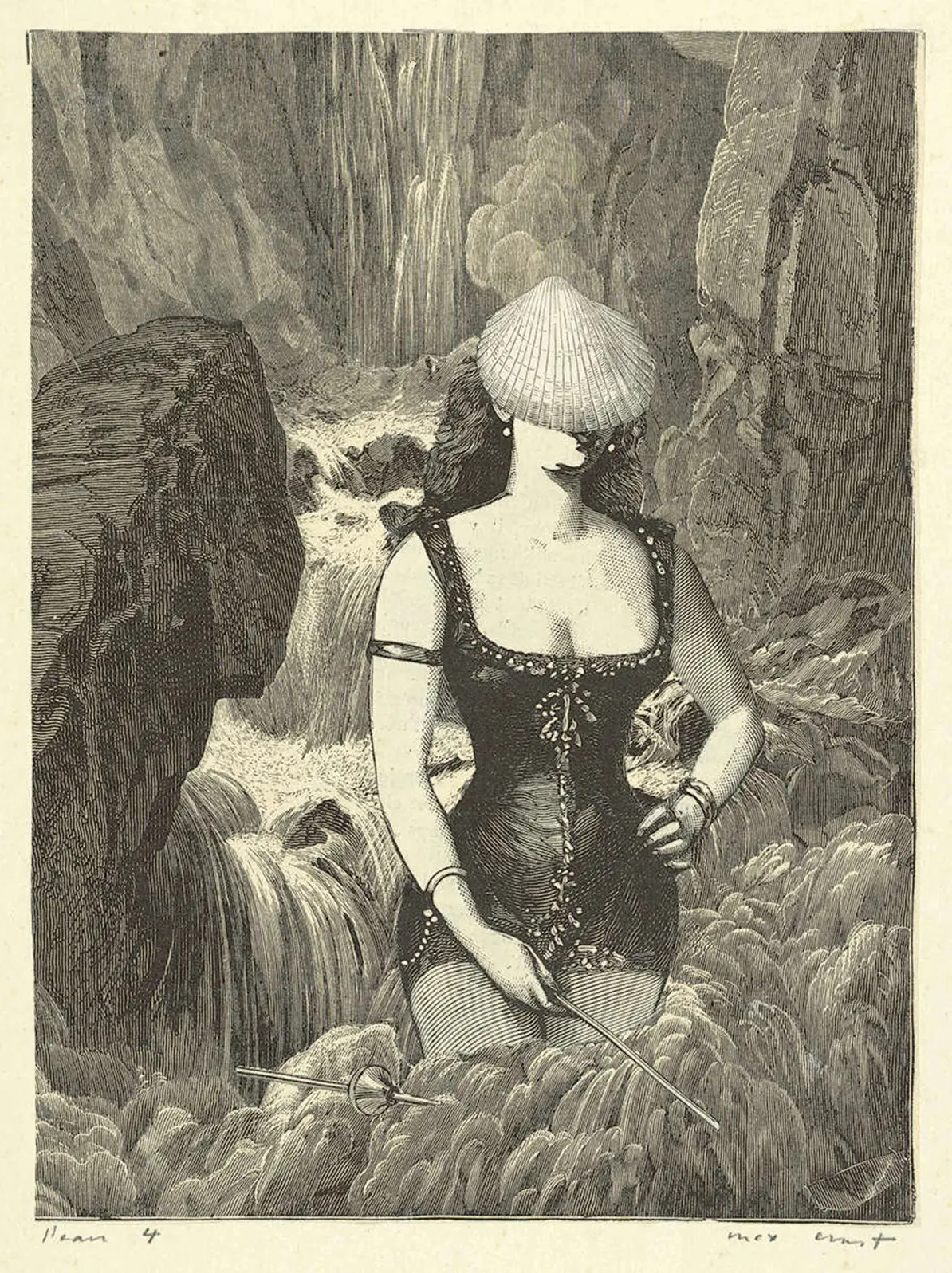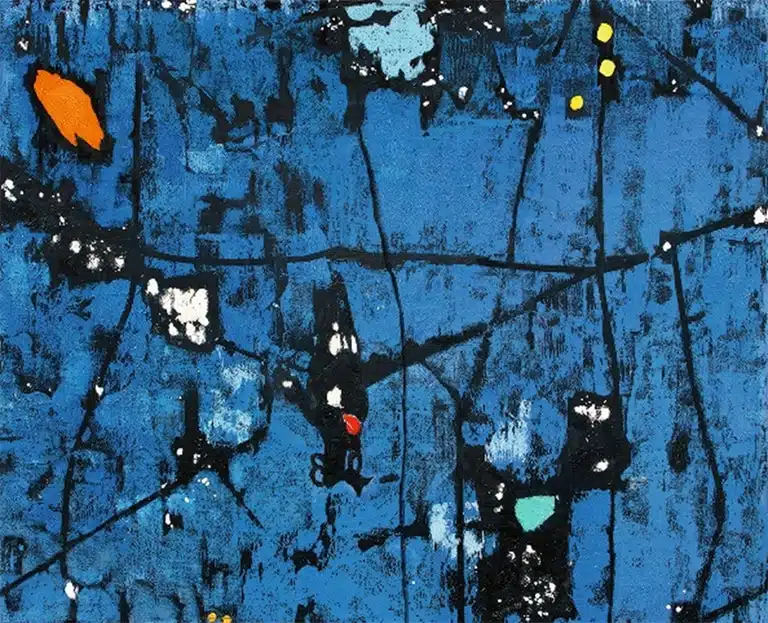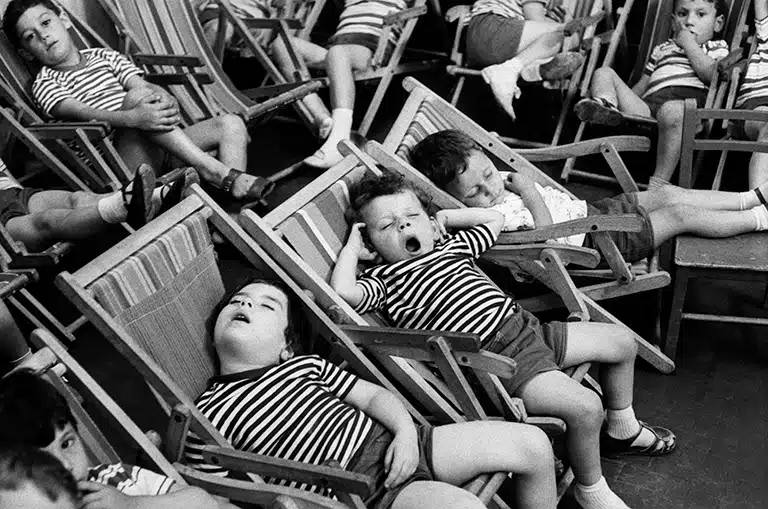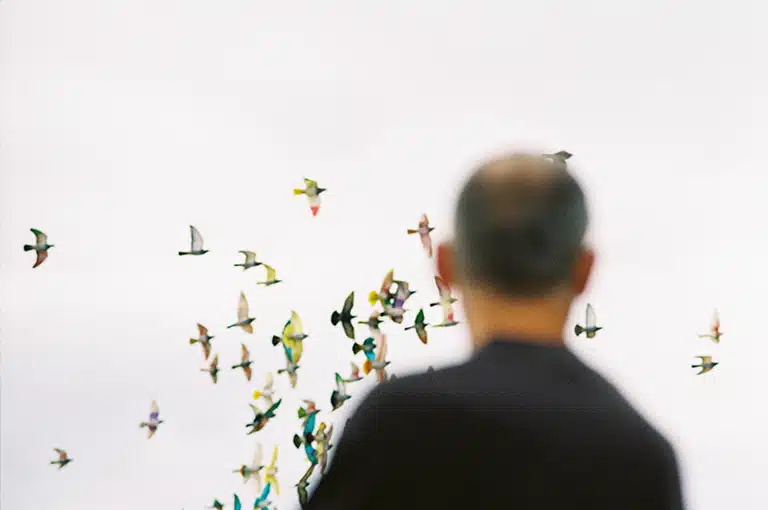Max Ernst. A Week of Kindness
FEB.11.2009 ──────── MAY.31.2009

L’eau 4
A Week of Kindness, 1933
© Max Ernst, VEGAP, Madrid, 2010
Exhibition
FEB.11.2009 ── MAY.31.2009
Location
Recoletos Exhibition Hall
Paseo Recoletos 23, 28004 Madrid
The Exhibition
This exhibition, which took place thanks to the generosity of the owner of the collages, collector Daniel Filipacchi, allowed the presentation in Madrid of this series that had only ever been shown in its entirety at the 1936 exhibition in the National Museum of Modern Art.
Max Ernst created these collages in 1933 with the intention of publishing them in the form of a novel – A Week of Kindness – right at the moment when Europe was faced with the challenge of totalitarianism with Hitler’s rise to power.
Some of his dreams, and especially his worst nightmares, are materialized in these works, in which there is no lack of the dark premonitory feelings that were invading the continent. Like Shakespeare, he worked in the realm of instincts and primal emotions. A violent, powerful impetus runs through his work, with the intention of arousing a sense of discomfort in the viewer.
A Week of Kindness represents the culmination of the collage-as-novel. The series, from the moment it was published, became an essential reference for any artist interested in learning more about this genre. In Max Ernst’s collages, innocuous leaflet illustrations give way to vibrant compositions full of tension; in the hands of the artist, the decorative taste of the nineteenth-century illustrations generates its own rhetoric that is totally unrelated to the original context.
Every detail of each collage contains such a wealth of information that every time you contemplate one of them you discover a new aspect that allows you to redefine the artist’s discourse and obsessions.
The works in the series allow very different interpretations to be drawn from them. As viewers, we can appreciate the work involved in selecting, cutting out and applying the images, adjusting the printed fragments of reality, and led by the hand of the artist we can enter his dreamlike universe.
![Henry Moret L’Attente du retour des pêcheurs [Esperando el regreso de los pescadores], 1894](/media/arte-cultura/exposiciones/paul-durand-ruel-moret-1194x.jpg)



